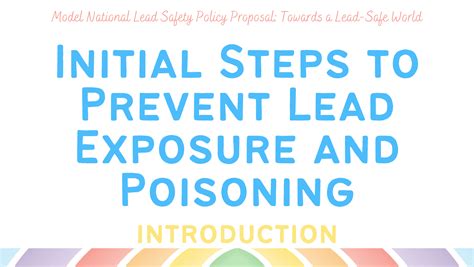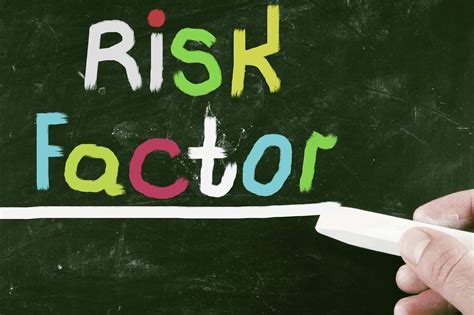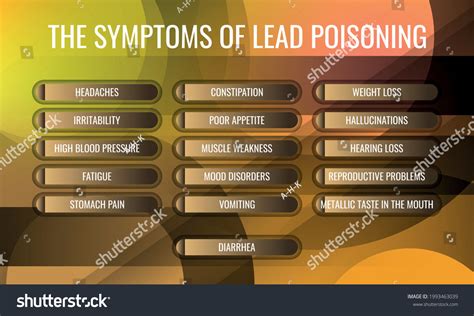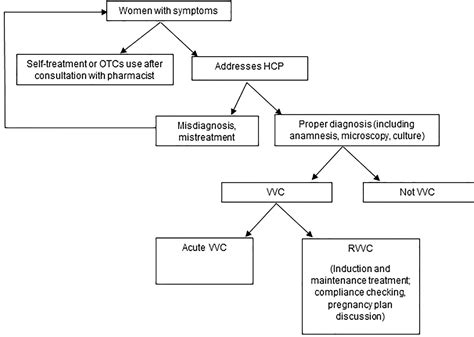Intro
Identify 7 signs of lead poisoning, a toxic condition causing brain damage, developmental issues, and organ failure, with symptoms like headaches, fatigue, and abdominal pain, and learn prevention methods to avoid lead exposure and contamination.
Lead poisoning is a serious health concern that can affect individuals of all ages, but it is particularly devastating for children and pregnant women. The consequences of lead exposure can be severe and long-lasting, making it crucial to recognize the signs and symptoms of lead poisoning. In this article, we will delve into the world of lead poisoning, exploring its causes, effects, and most importantly, the 7 signs that indicate lead poisoning.
Lead is a toxic metal that can be found in various products, including old paints, contaminated soil, and polluted water. When lead is ingested or inhaled, it can cause significant harm to the human body, affecting the brain, kidneys, and other vital organs. The effects of lead poisoning can be subtle, making it essential to be aware of the warning signs. By understanding the risks associated with lead exposure, individuals can take proactive steps to prevent lead poisoning and protect themselves and their loved ones.
The importance of recognizing the signs of lead poisoning cannot be overstated. Early detection and treatment can significantly reduce the risk of long-term damage, while delayed diagnosis can lead to severe and irreversible consequences. As we explore the 7 signs of lead poisoning, it is essential to remember that prevention is key. By being aware of the potential sources of lead exposure and taking steps to minimize risk, individuals can reduce their chances of developing lead poisoning.
Introduction to Lead Poisoning

Causes and Risk Factors

Occupational Exposure
Individuals working in industries that involve lead-based products or processes are at a higher risk of developing lead poisoning. This includes construction workers, miners, and individuals working in battery manufacturing or recycling.Environmental Exposure
Lead can be found in contaminated soil, polluted water, and old paints. Individuals living in areas with high levels of environmental lead contamination are at a higher risk of developing lead poisoning.7 Signs of Lead Poisoning

- Developmental Delays: Children exposed to lead may experience developmental delays, including delayed speech, reduced IQ, and decreased cognitive function.
- Abdominal Pain: Lead poisoning can cause abdominal pain, nausea, and vomiting, which can be severe and debilitating.
- Fatigue and Weakness: Individuals with lead poisoning may experience fatigue, weakness, and a lack of energy, making it difficult to perform daily tasks.
- Headaches and Dizziness: Lead exposure can cause headaches, dizziness, and lightheadedness, which can increase the risk of falls and accidents.
- Irritability and Mood Changes: Lead poisoning can affect an individual's mood, causing irritability, anxiety, and depression.
- Constipation and Bloating: Lead exposure can cause constipation, bloating, and other gastrointestinal symptoms, which can be uncomfortable and painful.
- Pale Skin and Blue-tinged Fingernails: In severe cases of lead poisoning, individuals may experience pale skin and blue-tinged fingernails, which can be a sign of anemia and oxygen deprivation.
Diagnosis and Treatment

Chelation Therapy
Chelation therapy involves using medications to bind to lead and remove it from the body. This treatment is usually reserved for severe cases of lead poisoning, where the individual's life is at risk.Supportive Care
Supportive care involves managing symptoms and providing nutritional support to help the individual recover from lead poisoning. This may include providing iron supplements, vitamin C, and other nutrients to help the body recover.Prevention and Protection

- Avoid using lead-based products, such as old paints and contaminated soil.
- Use protective gear, such as masks and gloves, when working with lead-based products.
- Keep children away from areas with high levels of lead contamination.
- Provide nutritional support, including iron supplements and vitamin C, to help the body recover from lead exposure.
Nutritional Support
Providing nutritional support is essential to helping the body recover from lead exposure. This includes providing iron supplements, vitamin C, and other nutrients to help the body remove lead and recover from its effects.Environmental Remediation
Environmental remediation involves removing lead contamination from the environment to prevent further exposure. This can include removing old paints, contaminated soil, and polluted water.What are the most common sources of lead exposure?
+The most common sources of lead exposure include old paints, contaminated soil, and polluted water. Additionally, certain occupations, such as construction or mining, can increase an individual's risk of lead exposure.
How can I prevent lead poisoning?
+Preventing lead poisoning involves avoiding lead-based products, using protective gear, and keeping children away from areas with high levels of lead contamination. Additionally, providing nutritional support and removing lead contamination from the environment can help prevent lead poisoning.
What are the symptoms of lead poisoning in children?
+The symptoms of lead poisoning in children can include developmental delays, abdominal pain, fatigue, and irritability. In severe cases, children may experience seizures, coma, or even death.
As we conclude our discussion on the 7 signs of lead poisoning, it is essential to remember that prevention is key. By being aware of the potential sources of lead exposure and taking steps to minimize risk, individuals can reduce their chances of developing lead poisoning. If you suspect that you or a loved one may be experiencing lead poisoning, it is crucial to seek medical attention immediately. Share this article with others to help spread awareness about the dangers of lead poisoning and the importance of prevention. Together, we can work towards creating a safer and healthier environment for everyone.
